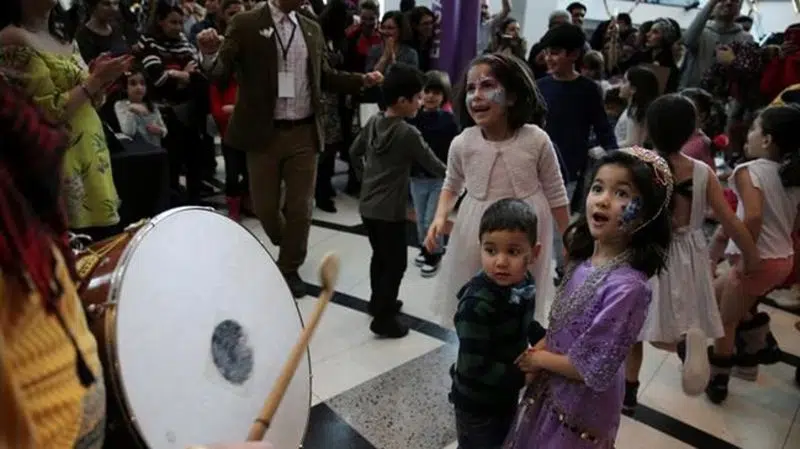
Plane crash victims reflect changing pattern of Iranian migration to Canada
OTTAWA — An outpouring of grief over the deaths of dozens of Iranians with ties to Canada in a plane crash this week underscores the fact that while there may not be official diplomatic relations between Canada and Iran, there are clear personal ties.
Ukraine International Airlines flight 752, en route to Kyiv from Tehran on Wednesday, had 138 people on board on their way to Canada when the plane crashed shortly after take-off.
The stories of the lives that have emerged in the hours since paint a portrait of Canada’s Iranian diaspora, one that’s growing steadily thanks in part to students.
In 2016, 2,437 visas were issued to Iranians to study in Canada. In the first 10 months of 2019, that number stood at 11,754.

